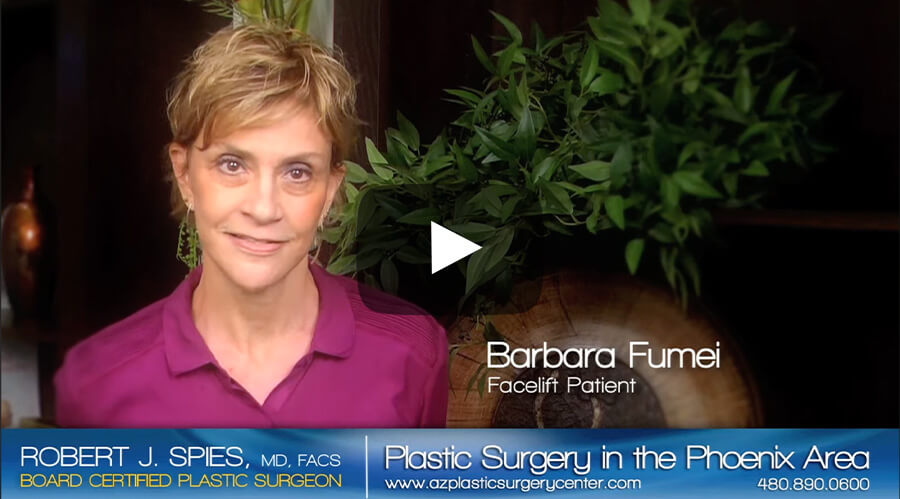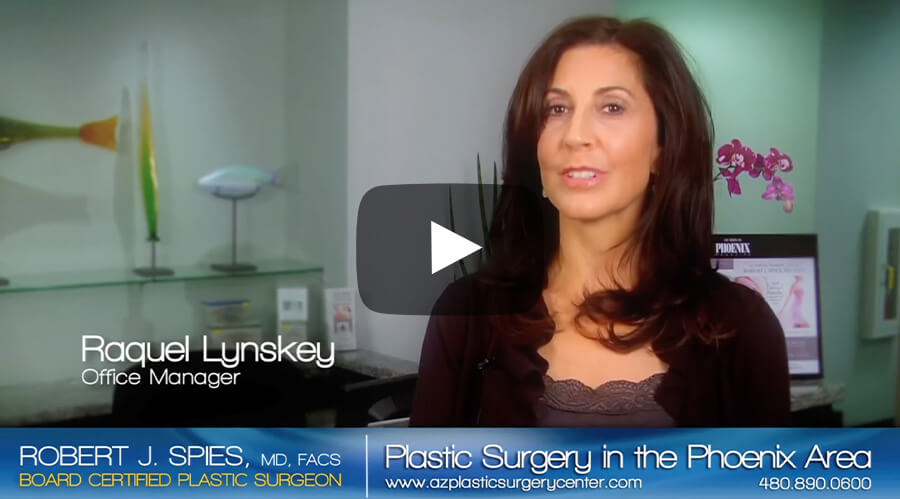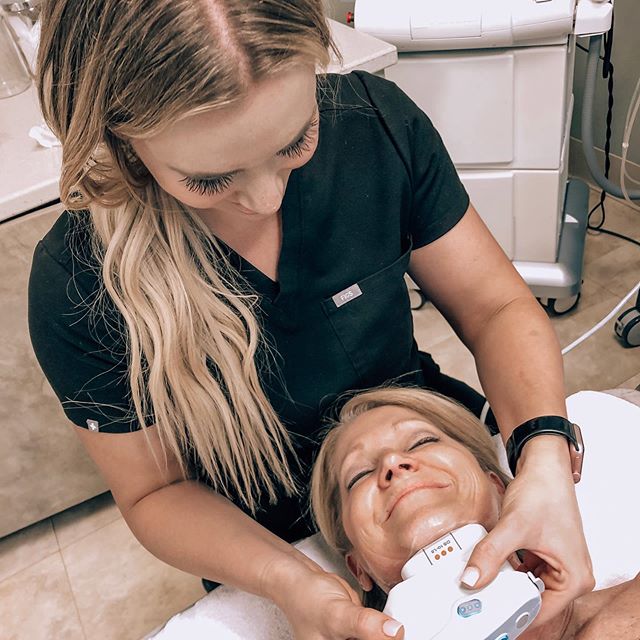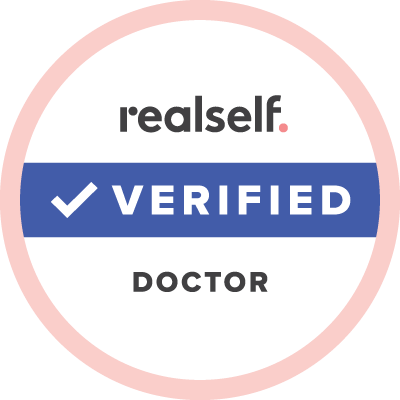Plastic and Reconstructive
Surgery Procedures
Performing plastic surgery operations using the latest scientific surgical techniques at state-accredited surgical facilities and comprehensive post-operative care, Dr. Robert Spies and his staff strive to provide a positive experience in every way. This includes providing friendly and personal attention during your initial visit.
Dr. Spies, is highly qualified to perform both cosmetic and reconstructive surgery with over 35 years of experience in the greater Phoenix area.

Get To Know Scottsdale Arizona
Plastic Surgeon Dr. Robert Spies
Dr. Robert J. Spies is highly qualified to perform both cosmetic and reconstructive surgery with over 35 years of experience in the greater Phoenix area. Phoenix Magazine, which yearly features the Valley’s best physicians voted by peers, has recognized Dr. Spies as a ‘Top Doc’ in Arizona Plastic Surgery. He believes performing plastic surgery procedures that combine art with modern science will positively improve a person’s self-image and self-esteem.
Learn More About Dr. Spies













